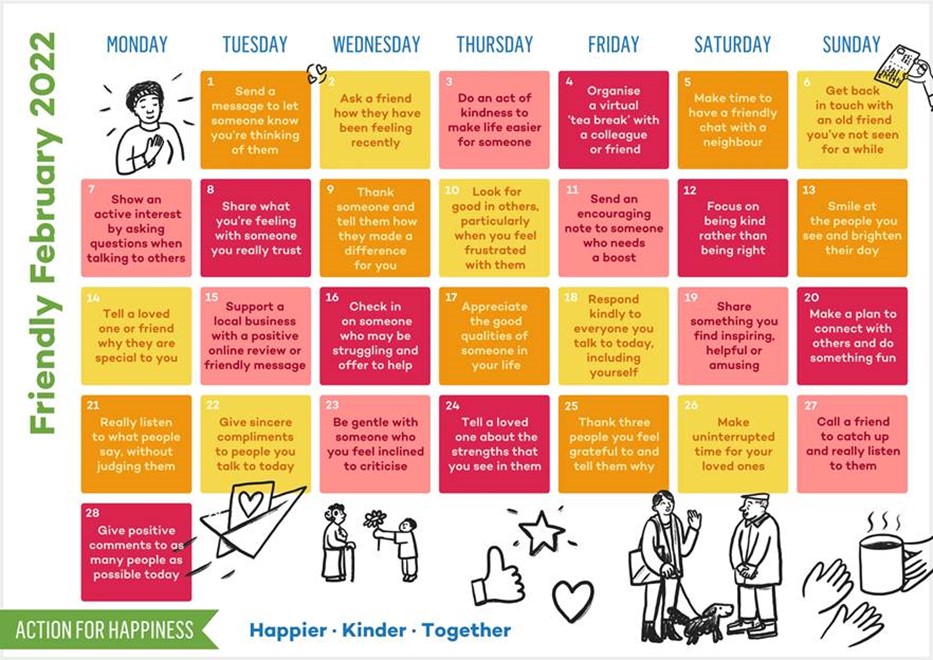Wellbeing For All

Nationally there has been a 77% rise in the number of children needing specialist treatment for severe mental health crisis, the BBC reported last week [Children's mental health: Huge rise in severe cases, BBC analysis reveals - BBC News]. The government plans 400 mental health teams to support schools by 2023, and we feel ahead of the game with our tiers of support for our learners and young people at KSHS, including our listening service, referrals into outside services and our own CASY counselling service.
Last week staff received updates on supporting young people which explored the four ‘Domains of Safety’ and why are they so important in enabling children to flourish. Young people need to feel safe whether they are in school or at home. One of the most basic needs that must be met for every child is a feeling of safety.
Physical safety
When we think of health and safety, it is physical safety that usually springs to mind. Children need to know that they are physically safe, that they are not going to face danger, and that the worry of physical safety sits with their trusted adults. When it comes to physical safety it is not just about a child’s reality, it is also about a child’s perception of their reality. They do not just need to be safe – they need to “feel” safe.
Social safety
Children need to feel socially safe too. They need to understand what is expected of them and what they can expect of others. While feeling socially safe is something many of us take for granted, this can be trickier if the rules of engagement change due to pandemic protections. A lack of social safety is the feeling we get when we enter a new environment and don’t quite know how to act, you may have felt this when visiting a country with a very different culture than the one you are used to. This undercurrent of uncertainty can lead to anxiety and worry. There are several things that parents and carers can do to help:
• Clear, concrete communication of what is expected
• Consistency, predictability and clear boundaries
• Communicating any changes clearly and in good time
Emotional safety
Children need to feel seen and heard. They need to know that it is normal and healthy to experience a range of different thoughts and feelings and that these thoughts and feelings do not need to control them and that if they need help with them, help will be given. A child who feels emotionally safe will know that they can experience a whole range of different feelings. Emotional literacy and learning a few simple self-soothing skills can help; it is also important that children know when and where to seek help if needed.
Cognitive safety
Classrooms, homes and environments where young people exist and children feel cognitively safe are spaces where children feel able to be bold and brave in their learning and to try new things. To create cognitive safety there are several things we can all do:
• Become a learning role model – talk about how you learn and help seek
• Consider the behaviours you want to praise – e.g. help-seeking, research, effort. Explore these behaviours in low-stakes activities. Take the fear out of failure by celebrating and sharing mistakes
• Actively encourage young people to step outside their comfort zone
Mrs D Collett
Assistant Headteacher – Pastoral and Wellbeing
Friendly February 2022
February has arrived and so has the February Happiness Calendar. This month's theme for the Happiness Calendar is Friendly February. We need each other more than ever right now. This month we are focusing on reaching out to connect with others and doing our best to be a good friend / colleague. Our acts of kindness and connection ripple out and impact so many more people than we realise - and they also boost our own happy hormones to. The calendar can be found below and this is something we have been focussing on in our tutor time activities. We have also been exploring the ‘Growing Together’ Theme with Key Stage 3 students and hope to announce the winner of the ‘Growth Story’ competition for Key Stage 3 in the next newsletter.
For more information about the Happiness Calendar follow this link: Action for Happiness





